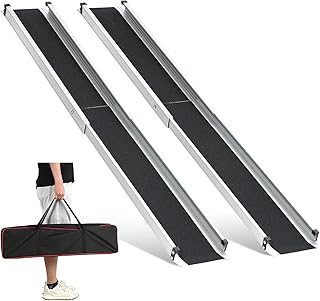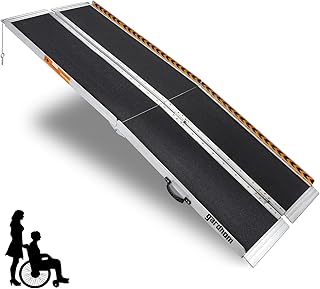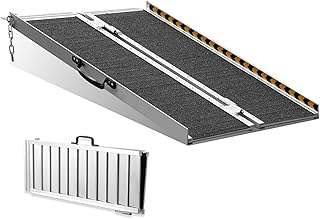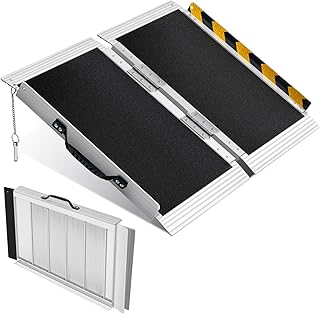Home modification grants and loans play a crucial role in enhancing the living conditions of individuals with disabilities, making their homes safer and more accessible. These modifications, which can range from wider doors to wheelchair ramps, often come with a significant price tag. To alleviate the financial burden, various government programs and nonprofit organizations offer assistance to those in need.
For military service members and low-income residents in rural areas, federal government aid provides grants such as the Specially Adapted Housing (SAH) grant and the Home Improvements and Structural Alterations (HISA) grant. These grants can cover substantial amounts, making home modifications more attainable for qualifying individuals.
In addition to federal assistance, state and local agencies also offer home modification grants and loans with less restrictive requirements. Programs like the Rural Housing Repair loans and grants from the U.S. Department of Agriculture cater to rural homeowners, providing financial support for necessary home improvements.
Nonprofit organizations like Rebuilding Together and Modest Needs offer funding for accessible home modifications at the national and local levels. These organizations prioritize income-based assistance, ensuring that those just above the poverty line can access the support they need.
Applying for a home modification grant typically involves providing evidence of disability, income details, and property ownership information. By preparing these documents in advance, applicants can streamline the application process and increase their chances of receiving financial aid.
When seeking to finance home modifications independently, borrowers can explore options like the FHA Title I loan, home equity financing, or home improvement loans. These financing avenues allow individuals to access the funds needed for essential updates while considering factors like credit scores, income, and existing debts.
Understanding the costs associated with home accessibility updates is crucial for budget planning. Expenses can vary depending on the scope of the project, materials used, and labor costs. From elevators to wider doorways, each modification comes with its own price tag, making it essential for individuals to assess their needs and budget accordingly.
Ultimately, the availability of home modification grants and loans serves as a lifeline for individuals with disabilities, offering them the opportunity to create a safe and accessible living environment. By leveraging these financial resources, individuals can enhance their quality of life and independence within their homes.
📰 Related Articles
- WWII Veteran’s Purple Heart Returned Home by Nonprofit Group
- Home Care Workers Demand Fair Wages Amid Government Disparity
- Government Grants Police Enhanced Powers to Combat Off-Road Biking
- Government Eases Home Loan Rules for Australians with Student Debts
- £2M Home Owners Win Legal Battle Over Football Nuisance

 Homeowner’s Code
Homeowner’s Code Stock Market
Stock Market Home Loan Handbook
Home Loan Handbook





 30 Ways To Pay Off
30 Ways To Pay Off McDonald’s Monopoly
McDonald’s Monopoly